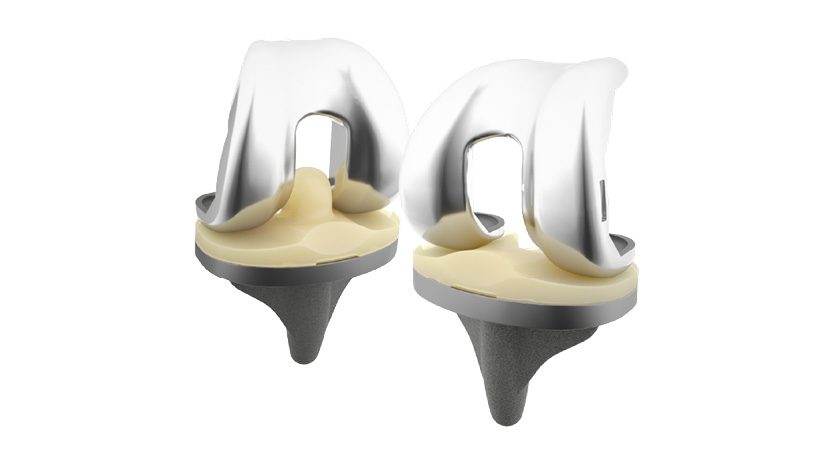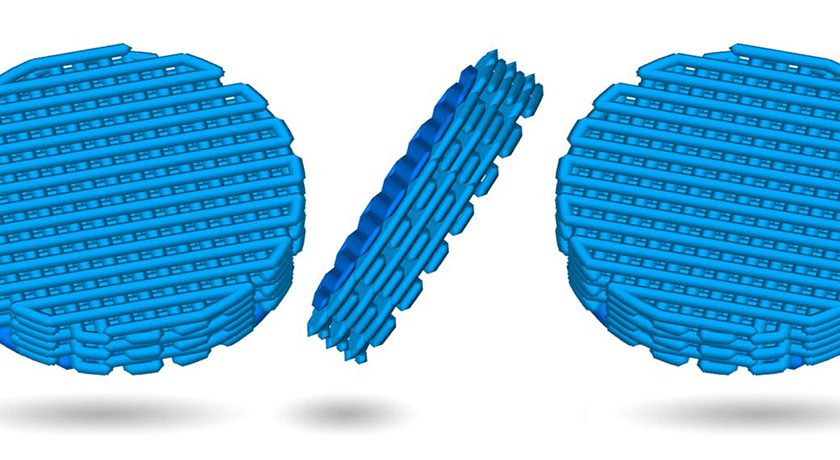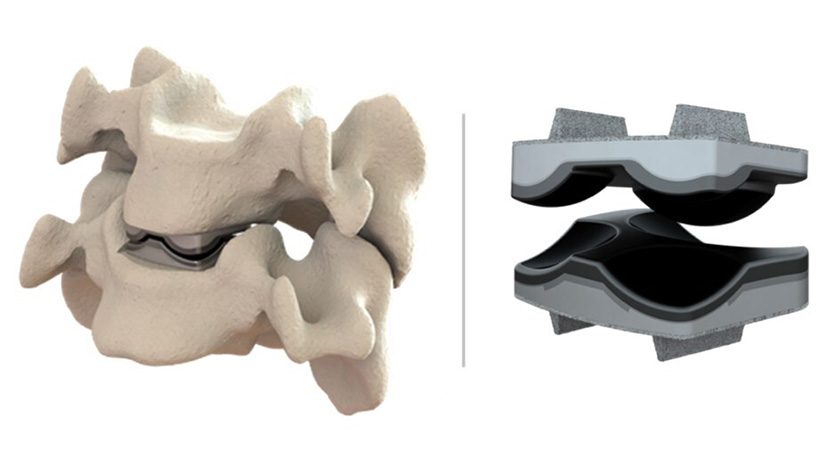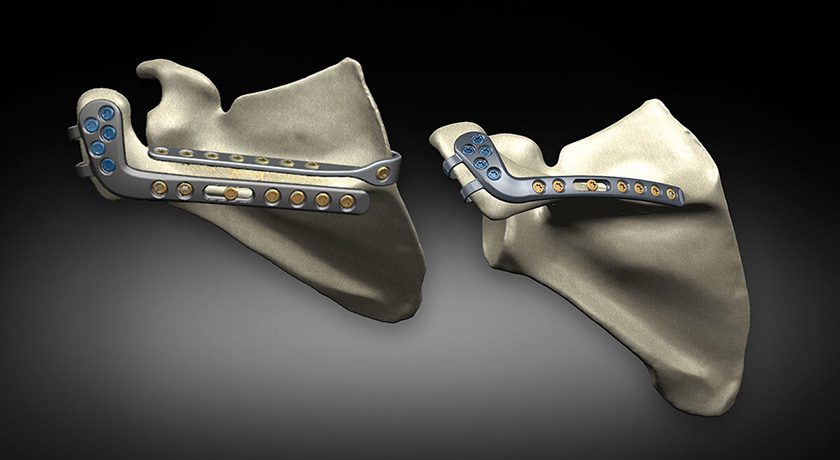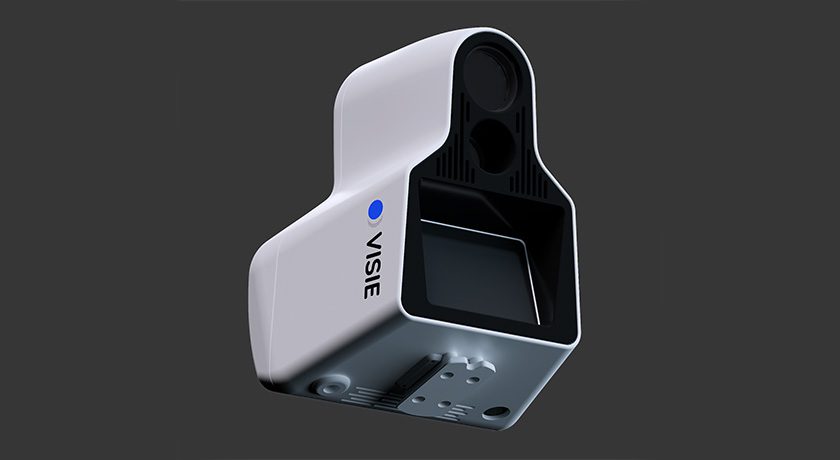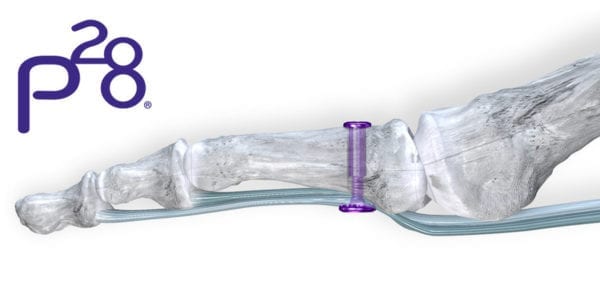

 Copy to clipboard
Copy to clipboard 
Paragon 28 added a larger plantar implant to the TenoTac® soft tissue fixation system to address hallux malleus deformity. This is accompanied by an extra long dorsal sleeve to accommodate for the size of the proximal phaolanx in the first ray.
The company launched TenoTac Soft Tissue Fixation in 1Q19, providing a dedicated system to address tendon transfers of the forefoot to correct contracted toes and repair the plantar plate. As an alternative to traditional methods for flexor tendon transfer, TenoTac enables correction without releasing tissue attachments distally by balancing plantar and dorsal tension. Plantar and dorsal tissue distal to the TenoTac are locked in and balanced, while tissue proximal to the tack is bolstered and stabilized.
The system requires a small incision plantarly which avoids the weight bearing surface and small incision dorsally to facilitate implantation, resulting in less swelling, pain, and scarring when compared to traditional approaches. The limited incisions dorsally and plantarly are intended to limit postoperative swelling when compared with traditional fusion techniques. The streamlined technique and instrumentation allow for reduced interoperative time when compared to traditional approaches.
Paragon 28 added a larger plantar implant to the TenoTac® soft tissue fixation system to address hallux malleus deformity. This is accompanied by an extra long dorsal sleeve to accommodate for the size of the proximal phaolanx in the first ray.
The company launched TenoTac Soft Tissue Fixation in 1Q19, providing a dedicated system to address...
Paragon 28 added a larger plantar implant to the TenoTac® soft tissue fixation system to address hallux malleus deformity. This is accompanied by an extra long dorsal sleeve to accommodate for the size of the proximal phaolanx in the first ray.
The company launched TenoTac Soft Tissue Fixation in 1Q19, providing a dedicated system to address tendon transfers of the forefoot to correct contracted toes and repair the plantar plate. As an alternative to traditional methods for flexor tendon transfer, TenoTac enables correction without releasing tissue attachments distally by balancing plantar and dorsal tension. Plantar and dorsal tissue distal to the TenoTac are locked in and balanced, while tissue proximal to the tack is bolstered and stabilized.
The system requires a small incision plantarly which avoids the weight bearing surface and small incision dorsally to facilitate implantation, resulting in less swelling, pain, and scarring when compared to traditional approaches. The limited incisions dorsally and plantarly are intended to limit postoperative swelling when compared with traditional fusion techniques. The streamlined technique and instrumentation allow for reduced interoperative time when compared to traditional approaches.

You are out of free articles for this month
Subscribe as a Guest for $0 and unlock a total of 5 articles per month.
You are out of five articles for this month
Subscribe as an Executive Member for access to unlimited articles, THE ORTHOPAEDIC INDUSTRY ANNUAL REPORT and more.
JV
Julie Vetalice is ORTHOWORLD's Editorial Assistant. She has covered the orthopedic industry for over 20 years, having joined the company in 1999.


